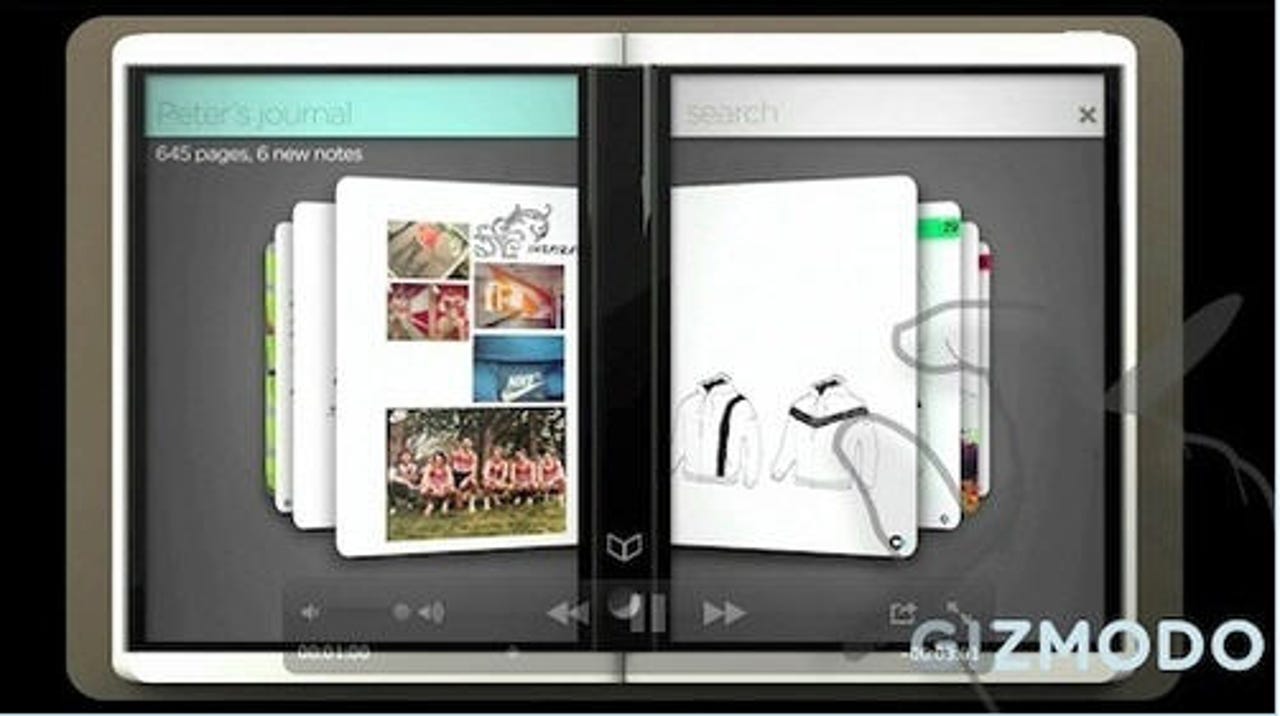Microsoft's Courier and infighting in the name of innovation

Part 1 of Jay Greene's November 1 account on News.com of what happened to the Microsoft Courier project triggers a number of interesting points about the inner workings of Microsoft.

According to the 18 current and former Softies with whom Greene said he spoke in preparing his report, the Courier pitted former Chief Experience Officer J Allard against Windows Chief Steven Sinofsky. Those who know just how much power Sinofsky has these days at Microsoft won't be too surprised that Sinofsky was the victor in the contest.
The battle -- a tablet running Windows (Sinofsky's choice) vs. the Courier, a tablet running a "modified version of Windows" (Allard's choice) -- reminded me of other past Microsoft political battles.
Microsoft history buffs may recall the old Internet vs. Windows war that pitted former Softies Brad Silverberg and Jim Allchin against one another. Allchin won that contest, and IE was bundled into Windows. After that, there was the Tablet PC vs. Office contest (as told by former Microsoft VP and Tablet PC leader Dick Brass), which also was fueled by internal Microsoft politics (Windows vs. Office this time around). Office (under Sinofsky at that time) was said to have won that round, even though Microsoft and the Tablet PC (which had nearly a ten-year head start on the competition) were the ultimate losers.
There were allegedly other factors beyond just the choice of the core operating system behind Microsoft's decision to ax the Courier. I've heard the cost of building a two-screen tablet was too high to justify its production. Its seemingly narrow audience of "content creators" who wanted a stylus-centric interface probably was unmonetizable.
All that said, the Courier's demise got me thinking about another more recent tablet battle inside Microsoft. Should Microsoft have used the Windows Phone OS on its coming Windows tablets? Or should it have gone with Windows, as Sinofsky & Co. opted to do?
As I wrote in my most recent Redmond Magazine column, I am not as yet convinced Microsoft made the right choice here, as I don't believe that touch tablets could or should be seen as PCs. I know there are others who think Microsoft made the best decision in trying to be all things to all users. As of right now, I do not agree (though I reserve final judgement until I see the beta of Windows 8 next year).
My ZDNet colleague Larry Dignan wonders if Microsoft is too big for its own good and might be more agile if it were multiple companies. I'm increasingly inclined to believe that might be the case. What about you, readers? Would multiple mini-Microsofts (or baby Ballmers) yield more innovation?